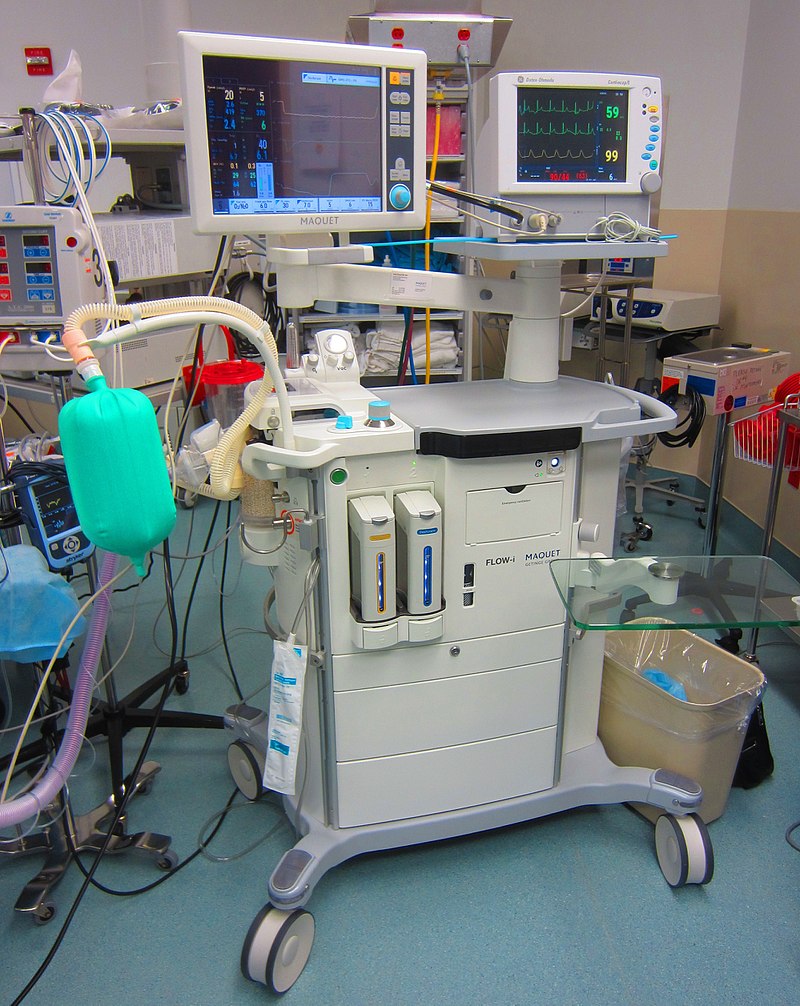How to buy Anesthesia Machines: Anesthesia machines are vital in healthcare facilities, ensuring patient safety and comfort during surgical procedures. If you are considering purchasing an anesthesia machine, it’s crucial to understand the key factors involved in making an informed decision. In this guide, we will walk you through the essential steps to buy anesthesia machines, from assessing your facility’s requirements to evaluating features and making a confident purchase.
I. How to buy anesthesia machines: Assessing Your Facility Requirements:
Before diving into the purchasing process, evaluating your facility’s specific needs and requirements is essential. Consider the following factors:
- Understanding Your Volume and Specialty: Determine the volume of procedures and the nature of surgeries performed at your facility. Different anesthesia machines cater to varying surgical specialties and patient populations. Assessing your volume and specialty will help you choose the right machine with suitable capabilities.
- Considering Space and Portability: Evaluate the available space in your facility’s operating rooms. Anesthesia machines come in different sizes and configurations, so selecting one that fits well within the existing space is crucial. If portability is a priority, consider machines with compact designs and easy maneuverability.
II. Researching Anesthesia Machine Types: how to buy anesthesia machines:
Various types of anesthesia machines are available in the market. Familiarize yourself with the different options to make an informed decision:
- Standalone Anesthesia Machines: These machines provide a complete range of anesthesia functionalities, including gas delivery, vaporizers, ventilation systems, and monitoring capabilities. Standalone machines are versatile and suitable for facilities with diverse surgical requirements.
- Compact Anesthesia Machines: Compact anesthesia machines are designed for limited space environments and offer essential functionalities in a smaller package. These machines are often portable, ideal for ambulatory surgery centers or mobile healthcare units.
III. How to Buy Anesthesia Machines, Key Features to Consider:
When purchasing an anesthesia machine, several features should be carefully evaluated to ensure it meets your facility’s requirements and safety standards:
- Gas Delivery System: Consider the gas delivery options offered by the anesthesia machine. Modern machines typically support a range of gases, such as oxygen, nitrous oxide, and air. Ensure the machine allows precise control and delivery of these gases.
- Ventilation Modes: Evaluate the ventilation modes provided by the anesthesia machine. Common modes include volume-controlled ventilation, pressure-controlled ventilation, and pressure-support ventilation. The availability of different modes ensures compatibility with diverse patient needs.
- Monitoring Capabilities: Anesthesia machines with integrated monitoring capabilities enhance patient safety and enable real-time assessment of vital signs. Look for features like ECG, blood pressure monitoring, oxygen saturation monitoring, and end-tidal CO2 measurement.
IV. Assessing Safety Standards and Compliance:
Patient safety should be a top priority when purchasing an anesthesia machine. Consider the following aspects:
- Regulatory Compliance: Ensure that the anesthesia machine you choose complies with relevant regulatory standards, such as those set by the Food and Drug Administration (FDA) or equivalent authorities in your region. Compliance ensures that the machine meets rigorous safety and quality standards.
- Alarm Systems and Safety Features: Look for machines with comprehensive alarm systems that alert healthcare providers to critical situations. Safety features like anti-hypoxic devices, pressure relief valves, and fail-safe mechanisms add an extra layer of protection.
V. Budget Considerations and After-Sales Support:
Finally, it’s essential to consider your budget and the long-term support you will receive after purchasing the anesthesia machine:
- Setting a Realistic Budget: Determine your budget range and explore options that align with your financial capabilities. Investing in high-quality machines may provide better long-term value due to reliability, durability, and extended warranties.
- After-Sales Support and Training: Ensure that the vendor or manufacturer provides comprehensive after-sales support, including installation, calibration, maintenance, and training for your staff. Proper training will ensure the efficient and safe use of the anesthesia machine.
Conclusion:
Buying an anesthesia machine is a significant investment that requires careful consideration of your facility’s requirements, features, safety standards, and budget. Following the steps outlined in this guide, you can make an informed decision that aligns with your facility’s needs and ensures patient safety and comfort during surgical procedures. Remember to assess your specific requirements, research different machine types, evaluate key features, and consider safety standards and after-sales support. With these considerations in mind, you are well-equipped to confidently navigate the process of purchasing anesthesia machines.

